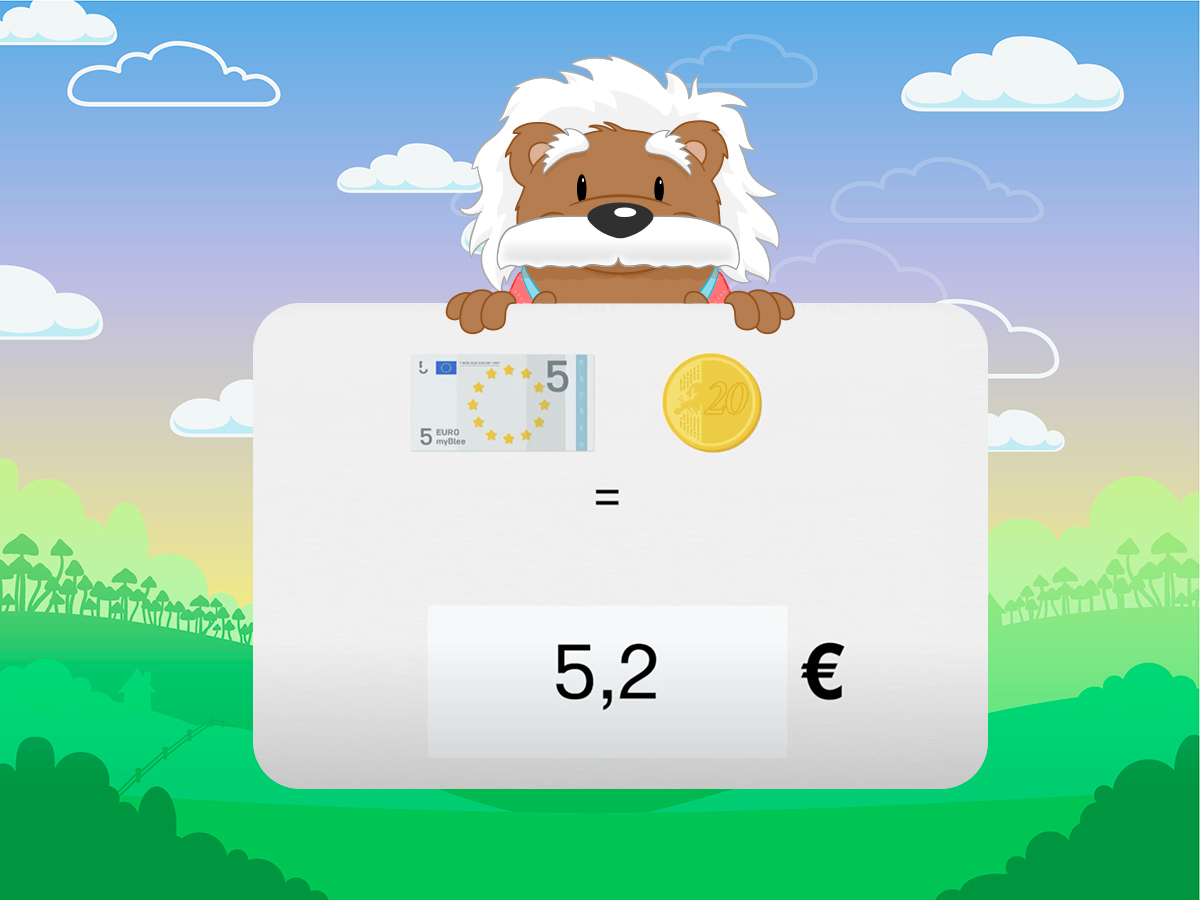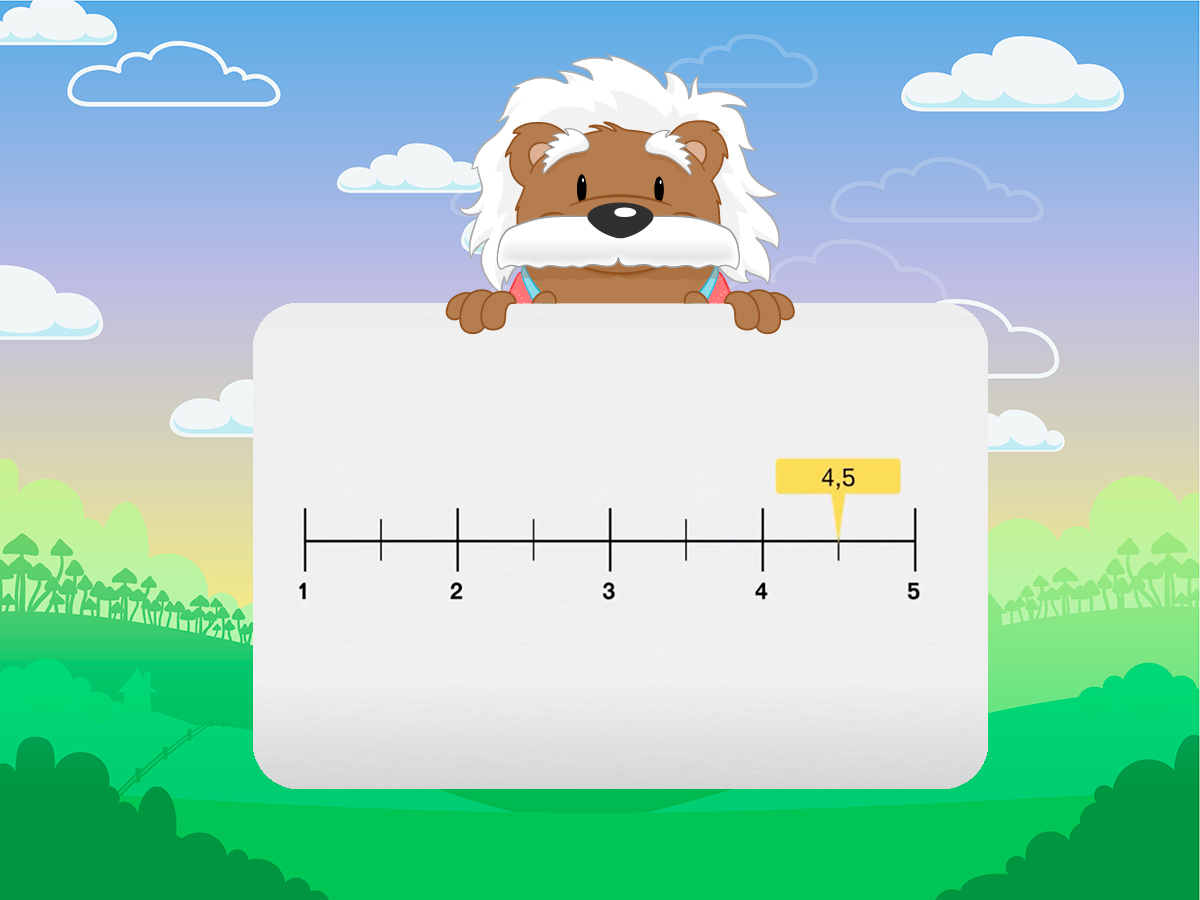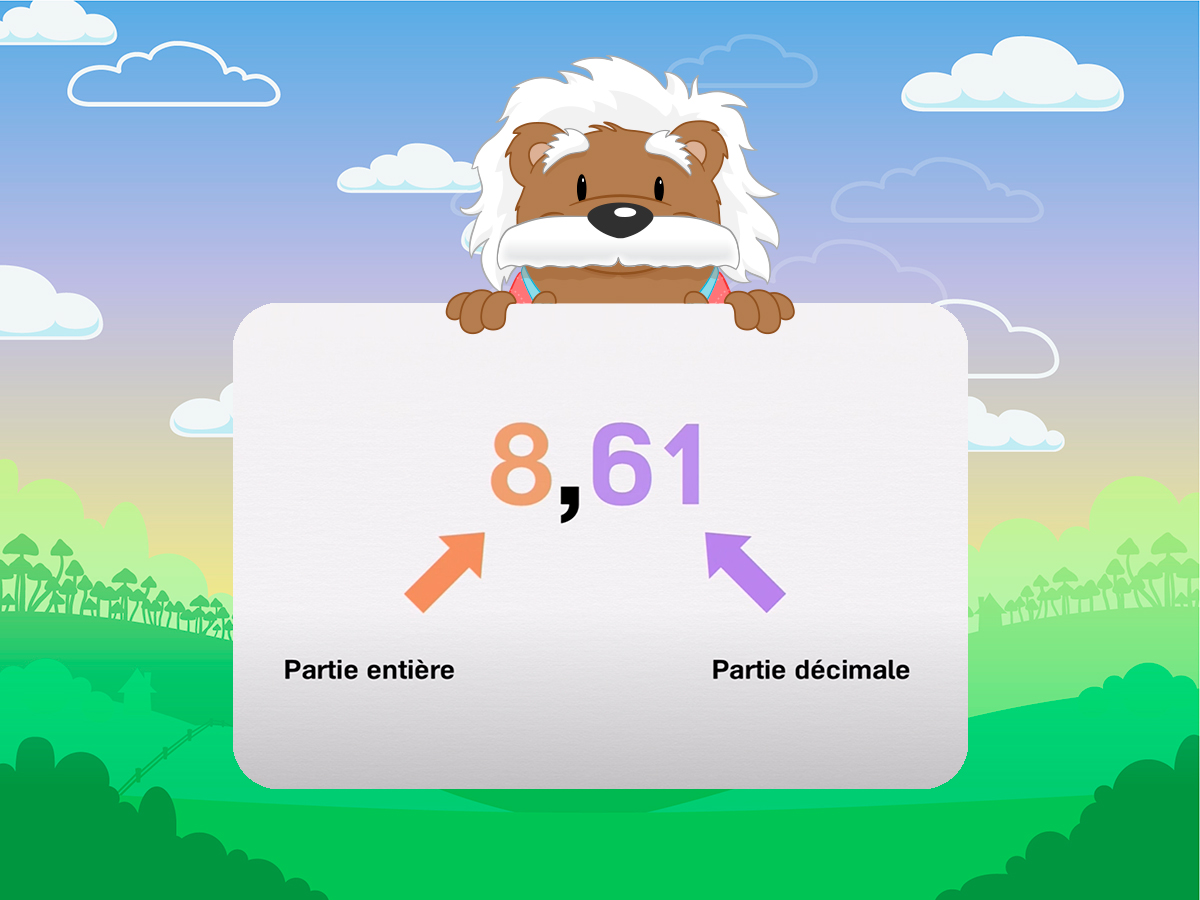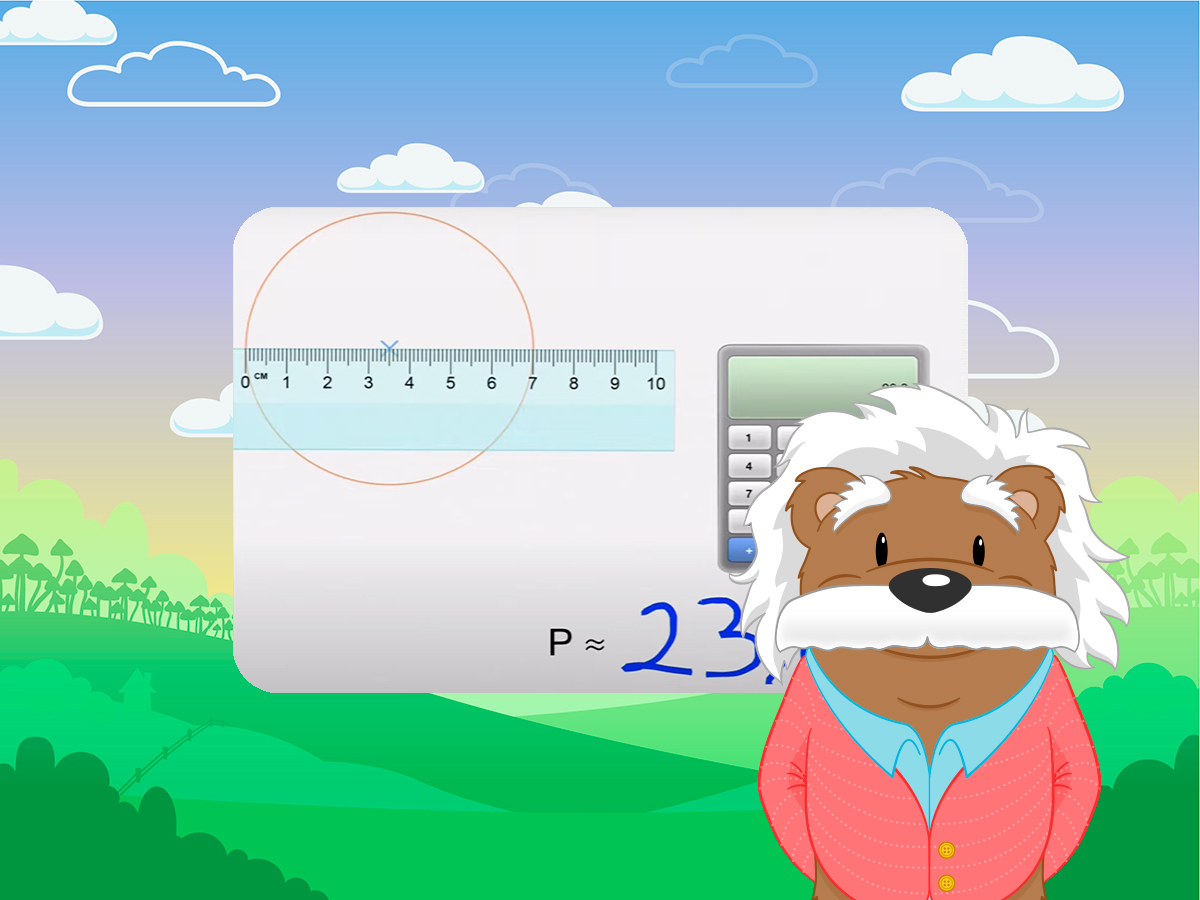
Exercise to learn decimal numbers at school
Printable worksheets and interactive activities to learn decimal numbers at school: simple, visual, and progressive exercises to understand tenths and hundredths.
Understand decimal numbers at school with simple exercises
Decimal numbers are essential for representing measurements, prices, or distances. They appear from grade 4 and play a key role in continuing math learning. Yet this concept can sometimes feel abstract to students. At myBlee Math, we offer simple and progressive exercises to help every child fully grasp digits after the decimal point, both in class and at home.

Understanding decimal numbers from grade 4
A decimal number consists of a whole part and a decimal part, separated by a comma. For example, in 4.2, the 4 is the whole part and 2 is the tenths. These numbers allow more precise quantities than whole numbers. They are related to decimal fractions, such as 1/10, 1/100, or 1/1000.
As students progress, they discover that a decimal number can be written can be written as a fraction or with a decimal point, respecting the place of each digit after it. To fully grasp these notations, students must read, observe, and use them often.

Visual and progressive exercises for practice
Our exercises follow a clear progression. The first worksheets help identify parts of a decimal number, locate tenths or hundredths, then read these numbers in a chart. Gradually, students learn to compare, order, or link numbers to graphic representations.
By working with everyday examples like lengths or prices, students understand that decimal numbers are everywhere. They learn to observe what changes depending on digit placement, and understand what a finite number of digits is. For example, 0.5 ends at the tenths, while 0.25 goes to hundredths.

Reading and writing digits after the decimal point
Reading a decimal number correctly helps understand it better. Students learn to say "three units and twenty hundredths" instead of "three point twenty". This way of reading links the number to its equivalent decimal fraction, making it easier to visualize the value.
It also makes comparing close numbers like 0.6 and 0.60 easier. Students discover that two decimals can be equal even if written differently. This understanding brings meaning to the exercises and helps build useful habits.
How the myBlee Math app supports understanding
Alongside the worksheets, our math app offers interactive paths on decimal numbers. A voice-over guides the child step-by-step. They can place a number on a number line, turn a decimal fraction into a decimal, or solve real-world problems.
The interactive approach makes learning more engaging. Immediate feedback, clear explanations, and encouragement help every student progress confidently. Mistakes become learning moments instead of obstacles.

Using decimal numbers in everyday life
To give meaning to this concept, it’s important to show children that decimal numbers are everywhere: in a store price tag, in a recipe, or on a measuring tape. We use them without thinking.
By linking exercises to real-life situations, students understand their usefulness. They realize that calculating with non-whole numbers allows more precision, which is essential in many areas. It’s a natural way to reinforce understanding.
Frequently asked questions about decimal numbers
decimal numbers often raise questions, especially when first encountered. To help your child understand them better, here are simple answers to the most common questions on the topic.
What are decimal numbers?
Decimal numbers are written with a comma between the whole part and the decimal part. They represent more precise values than whole numbers, often used in measurements or prices. For example, 3.5, 0.25, or 12.75 are all decimals. They can also be linked to decimal fractions like 35/10 or 75/100.
How can you tell if a number is decimal or not?
A number is decimal if it can be written with a comma and a finite number of digits after it. This is true for 0.8, which means eight tenths. However, 1/3 becomes 0.333... endlessly: it cannot be written as a decimal number. If the digits stop, even after several places, the number is decimal.